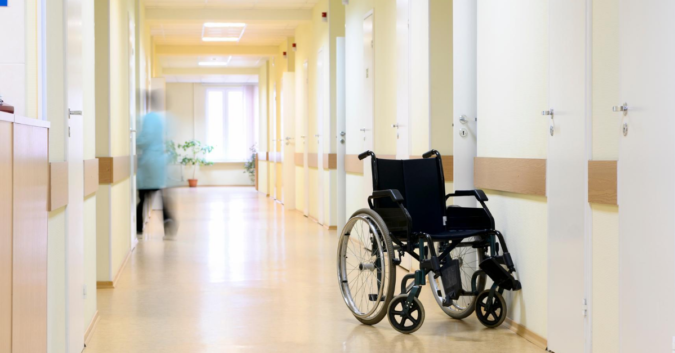Despite lockdowns and other measures designed to prevent coronavirus from spreading into nursing homes, the number of viral nursing home deaths is rising in states that are seeing a “second wave” of outbreaks.
Across the sunbelt, from California to Florida, case counts exploded in July. Just as in the earlier wave of coronavirus, the situation in nursing homes followed the trends of the state where the facility is located.
While some positive signs have been seen in California and Arizona, the number of deaths in Florida nursing homes reached its highest recorded levels in August. According to an analysis from the Wall Street Journal, the 7-day average of fatalities in Florida elder-care facilities was 56, which is triple the average recorded in the month prior.
Nationwide, even as cases and fatalities decline in many areas, the number of nursing home deaths continues to grow. Federal data showed 1,046 nursing home deaths in the final week of July. This was a 14% increase from the week before, according to the Journal’s analysis, and a 24% increase from earlier in the month.
Florida was one of the early success stories, locking down state nursing homes quickly. Even as cases climbed in Florida, nursing homes remained relatively safer than they were in many other states.
Now that cases and fatalities are rising again, many wonder if there are any truly effective safeguards for such a vulnerable patient population. Many restrictions have been put in place, but the truth is that most nursing homes still lack the basic tools necessary to keep their residents safe.
Nursing Home Coronavirus Testing Overwhelmed
One of the few areas where leaders seem to be in complete agreement is the need for more testing at nursing homes. Without screening people who enter the premises daily, there is no way to be sure that a facility will be kept clean.
Unfortunately, this common-sense solution is incredibly difficult to carry out in practice.
By some estimates, the country would need 25 million tests a week in order to ensure the safe operation of nursing homes, as well as schools, hospitals, prisons, and other critical services. Manufacturers of test kits have said that they will not be able to meet such a demand.
Coronavirus test shortages mean that many nursing homes will have to wait months before they are able to accurately screen people who enter their facilities.
Every day, staff and contractors arrive to deliver critical care and equipment. Until the testing situation improves, there is no way to guarantee that people are not bringing the virus inside of the nursing home with them.
Are Shared Staff Still Driving Coronavirus Spread Between Nursing Homes?
In March, the Centers for Disease Control and Prevention (CDC) issued guidance based on the lessons they learned from the first nursing home coronavirus outbreak Washington State. One of the key vulnerabilities of the facility were staff members who worked in more than one location.
Since then, many restrictions have been put in place to prevent staff members from transmitting the virus between different nursing homes. Unfortunately, it appears that the rules aren’t being followed.
A working paper published by a team of economists from UCLA and Yale led by M. Keith Chen looked at how connected nursing homes were in terms of sharing employees. Using geolocation information from smartphones in order to track nursing home staff, the economists found that 7% of phones appeared at more than one facility.
On average, Chen and his team discovered that nursing homes are connected to 15 other facilities via shared staff.
This is problematic because each connection represents an avenue for infection. As much as the treatment and care available to COVID-19 patients has improved in recent months, blindspots in terms of nursing home management and staffing practices still exist.
Failure to Protect Nursing Home Residents
During the peak of the coronavirus outbreak in the Northeast, according to Chen, more than 30% of nursing home residents in Connecticut, Massachusetts, and New Jersey tested positive for COVID-19.
In those states, more than 9% of the entire nursing home population died.
Protecting nursing homes from future outbreaks is absolutely essential, but regulators and public health officials continue to struggle with implementing effective guidelines. Part of the problem, Chen and his team concluded, is that “traditional federal regulatory metrics of nursing home quality are unimportant in predicting which homes suffered large outbreaks.”
In other words, federal agencies lack the knowledge they need to help nursing homes prevent the spread of coronavirus.
So far, coronavirus has taken the lives of more than 62,000 nursing home residents and workers. Although these facilities account for 8% of cases nationwide, they represent more than 40% of all coronavirus deaths.
The failure to protect nursing home residents during the pandemic has developed into a contentious battle between policymakers and public health officials on all sides. Instead of looking for solutions, it seems more important for some to play the blame game.
Given the recent rise in cases and the risk of another deadly wave of outbreaks, nursing home residents and their families cannot afford for their leaders to engage in fruitless squabbling.
They need help now, before the situation turns dire once again. The failure to be prepared for a first wave was, at best, a tragedy — a second similar failure will be something far worse.
